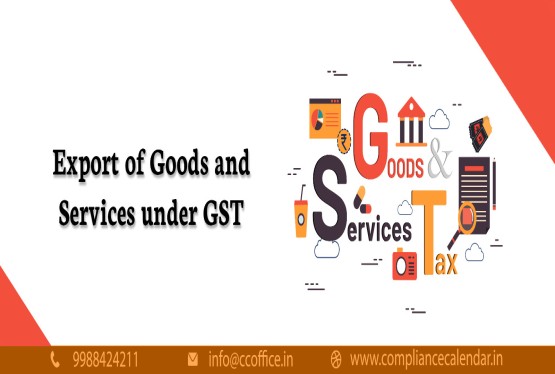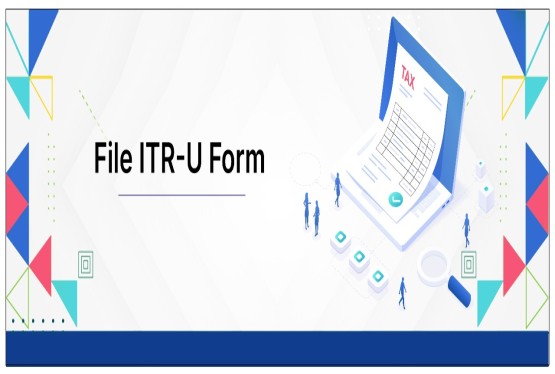The pharmaceutical industry in India operates under strict regulatory administration to ensure the safety, efficacy, and quality of medicines. The Drugs and Cosmetics Act, 1940, along with the Drugs and Cosmetics Rules, 1945, governs the Drug licensing process for drug manufacturing, sale, and distribution. Among the various regulatory requirements, Form 20 and Form 21 hold significant importance as they pertain to obtaining a license for drug manufacturing. These forms serve as official applications for authorization to produce medicines, with distinctions based on the type of drugs being manufactured.
Form 20 and Form 21 - Meaning
Form 20 is the application form used to secure a license for the manufacture of drugs that do not fall under Schedules C, C1, and X of the Drugs and Cosmetics Rules. These drugs are generally considered lower-risk and do not require specialized storage or stringent manufacturing controls. Examples include common over-the-counter medications, antacids, and certain vitamins. The license granted under Form 20 is issued by the State Licensing Authority (SLA), ensuring that the manufacturer complies with basic Good Manufacturing Practices (GMP).
On the other hand, Form 21 is designed for drugs classified under Schedules C, C1, and X, which include high-risk categories such as vaccines, sera, biological products, and certain antibiotics. These drugs demand rigorous quality control, advanced manufacturing facilities, and additional regulatory scrutiny due to their potential impact on public health. The approval for Form 21 may contain both the State Licensing Authority and the Central Drugs Standard Control Organization (CDSCO), depending on the nature of the drug.
Importance of Form 20 and Form 21 in Drug Manufacturing
The existence of these two distinct forms underscores the regulatory framework's emphasis on categorizing drugs based on risk and complexity. Form 20 safeguards that manufacturers of non-scheduled drugs adhere to fundamental quality standards, preventing the circulation of substandard or adulterated medicines in the market. By mandating compliance with GMP, it helps maintain consistency in drug production, safeguarding consumer health.
Form 21 plays an even more serious role by imposing stricter regulations on high-risk drugs. Given that medicines under Schedules C, C1, and X often require sterile environments, precise formulations, and meticulous testing, the licensing process under Form 21 is more rigorous. This ensures that only manufacturers with the necessary expertise and infrastructure can produce such drugs, minimizing risks like contamination, inefficacy, or adverse reactions.
Moreover, holding a valid license under either form enhances a pharmaceutical company’s credibility. It reassures distributors, healthcare providers, and consumers that the manufacturer operates within legal and quality frameworks. Non-compliance can lead to severe penalties, including license cancellation and legal action, making it imperative for businesses to adhere to these regulations.
Process for Obtaining Form 20 and Form 21 Licenses
The process of securing a drug manufacturing license under Form 20 or Form 21 contains multiple stages, each requiring careful attention to detail. The first step is the registration of the pharmaceutical business under the appropriate legal structure, such as a proprietorship, partnership, or private limited company. This ensures that the entity is legally recognized before applying for a drug license.
Next, the applicant must ensure that the manufacturing facility complies with Good Manufacturing Practices (GMP) as outlined in Schedule M of the Drugs and Cosmetics Rules. This includes having adequate infrastructure, proper ventilation, clean water supply, and qualified personnel such as pharmacists and chemists. For Form 21 applicants, additional requirements such as sterile processing areas, stability testing facilities, and advanced quality control labs may be necessary.
Once the facility is ready, the applicant must gather the required documents, which typically include the completed Form 19 (application for grant of license), proof of business registration, a detailed site plan, a list of machinery and equipment, and an undertaking stating compliance with GMP. For Form 21, additional documents such as stability study reports and a No Objection Certificate (NOC) from the Pollution Control Board may be required.
The completed application, along with the necessary fees, must be submitted to the State Licensing Authority for Form 20 or to the CDSCO Registration for certain categories under Form 21. Following submission, a team of drug inspectors conducts an on-site inspection to verify compliance with regulatory standards. If the inspection is successful, the licensing authority issues the manufacturing license, which is valid for five years and must be renewed thereafter.
Challenges in the Drugs Licensing Process
Despite the structured application process, obtaining a drug manufacturing license can present several challenges. One of the primary hurdles is ensuring full compliance with GMP guidelines, which may require significant investment in infrastructure and training. Small-scale manufacturers, in particular, may find it difficult to meet these standards without external support.
Another challenge is the time-consuming nature of the approval process. Inspections, document verifications, and bureaucratic delays can extend the timeline, affecting business operations. Additionally, the high costs associated with licensing, inspections, and renewals can be a burden for startups and smaller enterprises.
Regulatory changes also pose a challenge, as amendments in drug laws may introduce new compliance requirements. Manufacturers must stay updated with the latest regulations to avoid penalties or license cancellations.
Conclusion
Form 20 and Form 21 are important components of India’s drug regulatory framework, ensuring that pharmaceutical manufacturers adhere to stringent quality and safety standards. While Form 20 applies to non-scheduled drugs with relatively simpler compliance requirements, Form 21 governs high-risk drugs, demanding advanced facilities and rigorous inspections. The licensing process involves multiple steps, from business registration and facility setup to inspections and approvals, with varying fees based on the drug category.
For further guidance, feel free to contact Us on 9988424211 or Email info@ccoffice.in
FAQs
Q1. What is the difference between Form 20 and Form 21?
Ans. Form 20 is used for obtaining a license to manufacture non-scheduled drugs (those not listed under Schedules C, C1, or X), while Form 21 is required for manufacturing high-risk drugs (such as vaccines, sera, and biological products) that fall under these schedules.
Q2. Who issues the license for Form 20 and Form 21?
Ans. The State Licensing Authority (SLA) typically issues licenses for both forms. However, for certain drugs under Form 21, approval from the Central Drugs Standard Control Organization (CDSCO) may also be required.
Q3. What are the key documents required for applying under Form 20 and Form 21?
Ans. Common documents include:
-
Form 19 (Application for Grant of License)
-
Proof of business registration (GST, PAN, etc.)
-
Site plan and facility layout
-
List of machinery and equipment
-
Details of qualified personnel (pharmacist, chemist)
-
For Form 21: Stability study reports and Pollution Control Board NOC may also be needed.
Q4. How much does it cost to obtain a license under Form 20 and Form 21?
Ans. Form 20: Rs.5,000–Rs.15,000 (license fee) + inspection charges
-
Form 21: Rs.15,000–Rs.50,000 (license fee) + higher inspection fees
Renewal fees apply every 5 years.
Q5. How long does it take to get approval for Form 20 and Form 21?
Ans. The process usually takes 3 to 6 months, depending on inspection schedules and document verification. Form 21 may take longer due to stricter compliance checks.
Q6. What happens if a manufacturer operates without a valid Form 20 or Form 21 license?
Ans. Manufacturing drugs without a proper license is illegal under the Drugs and Cosmetics Act, leading to:
-
Heavy fines
-
Seizure of products
-
Legal prosecution
-
Cancellation of business operations
Q7. Can a single manufacturing unit apply for both Form 20 and Form 21?
Ans. Yes, if the facility meets the GMP requirements for both non-scheduled and scheduled drugs, a manufacturer can hold licenses under both forms.
Q8. What are the GMP requirements for Form 20 and Form 21?
Ans. Form 20: Basic GMP compliance (proper infrastructure, hygiene, qualified staff)
-
Form 21: Advanced GMP (sterile manufacturing, stability testing, stringent quality control)
Q9. How often does the license need renewal?
Ans. Both Form 20 and Form 21 licenses must be renewed every 5 years by submitting a renewal application along with the prescribed fees.
Q10. Where can I get updates on changes in Form 20 and Form 21 regulations?
Ans. Regular updates are published on:
-
State Drug Control Department websites
-
CDSCO (www.cdsco.gov.in)
-
Official gazette notifications from the Ministry of Health & Family Welfare









_crop10_thumb.jpg)


















































































_for_FY_2025-26_crop10_thumb.jpg)












_learn_crop10_thumb.jpg)








_Filing_Due_Dates_for_FY_2024-25_learn_crop10_thumb.jpeg)



















